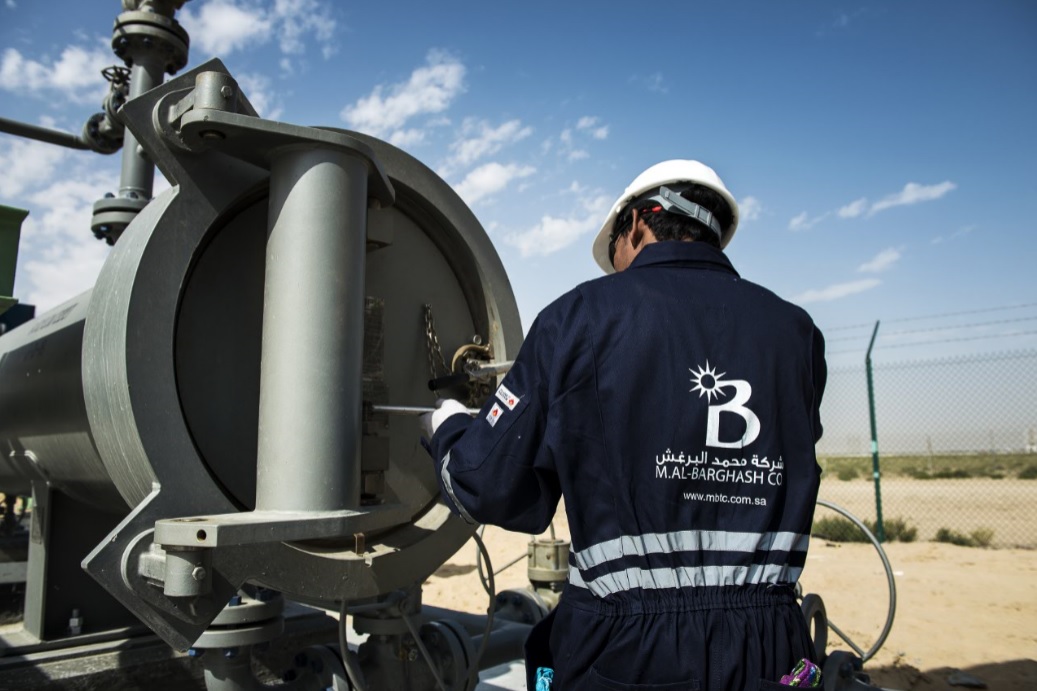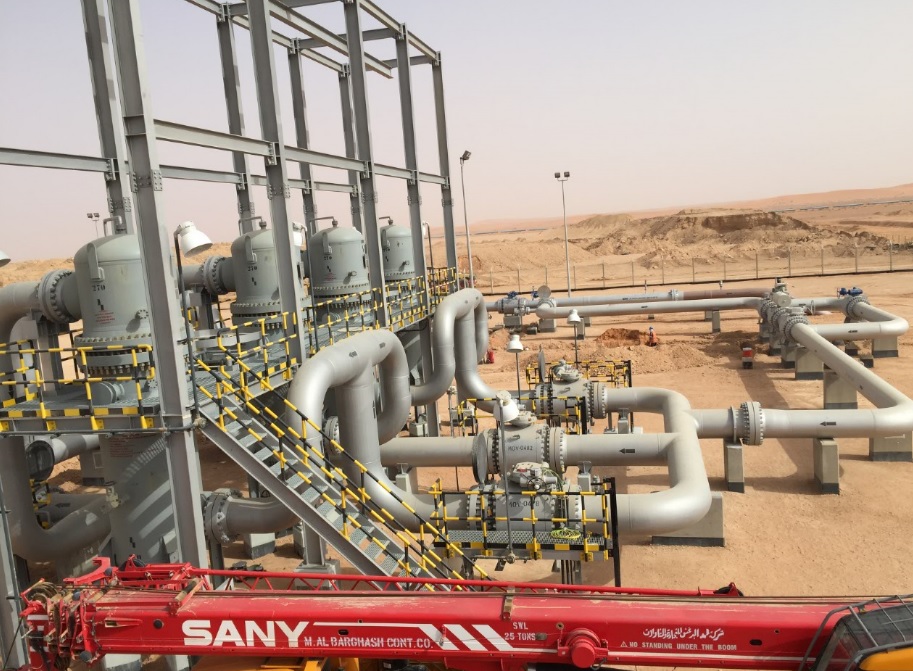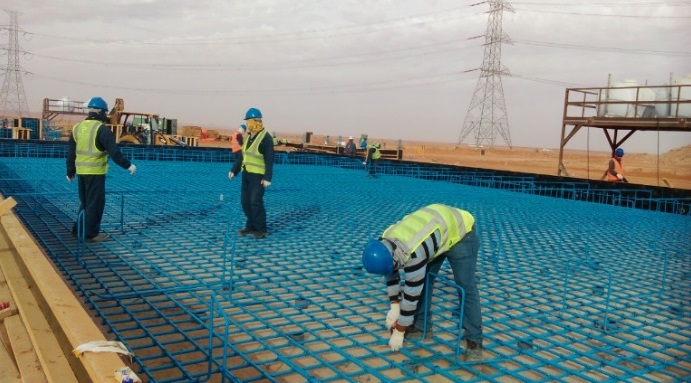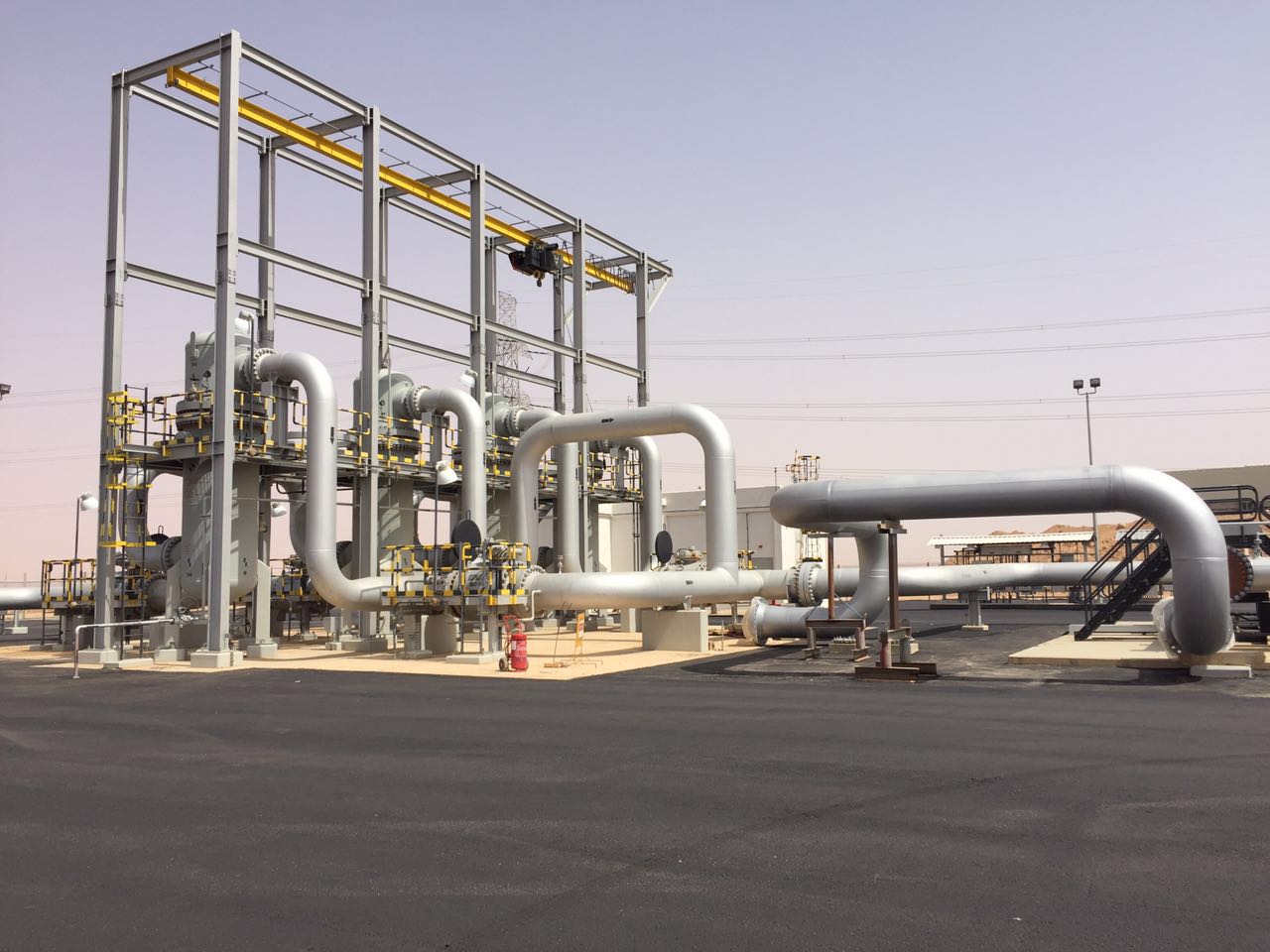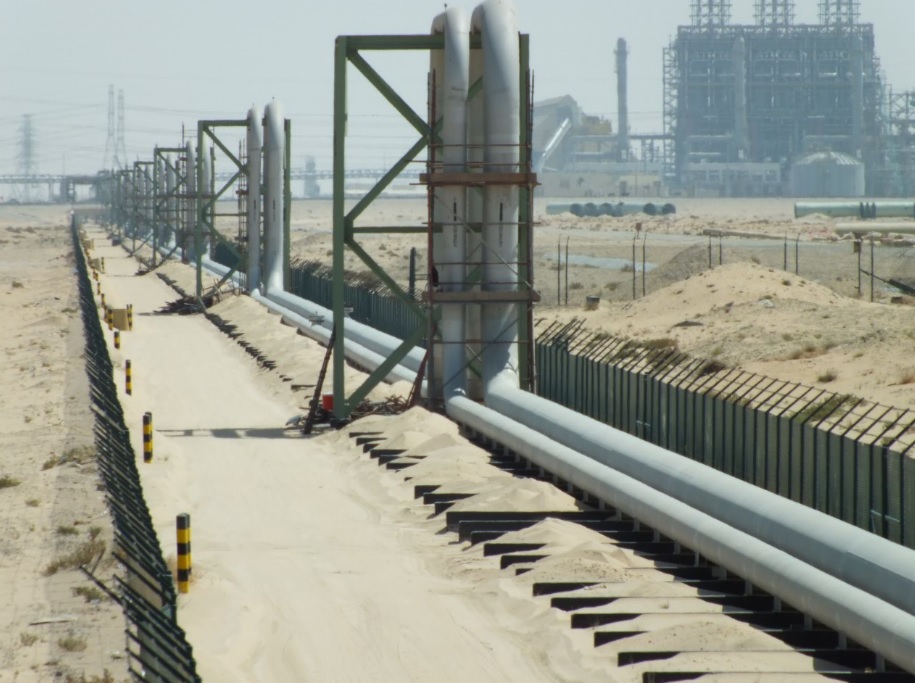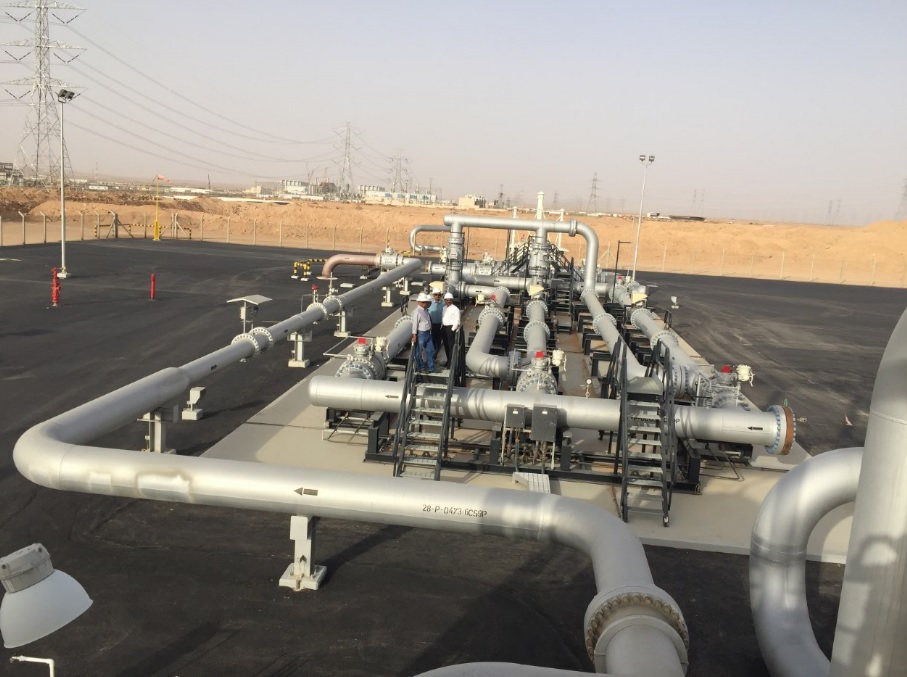Planning for any type of pipeline often begins years in advance of actual construction. Initial steps in the planning process included determining the market need, pipeline design, specification of pipe and components, route selection, environmental assessments, public consultation, land acquisition and permitting.
A pipeline construction projects looks much like a moving assembly line. A large project typically is broken into manageable lengths called “spreads,” and utilizes highly specialized and qualified workgroups. Each spread is composed of various crews, each with its own responsibilities. As one crew completes its work, the next crew moves into position to complete its place of the construction process.
We construct all kinds of pipelines such as CS, SS, RTR, HDPE etc.
1. Pre-construction survey
Before construction begins, MBTC surveys environmental features along proposed pipeline segments. Utility lines and power,telephone, defense cables, drainages are located and marked to prevent accidental damage during pipeline construction. Next, the pipeline’s centerline and the exterior right of way boundaries are staked.
2.Clearing and grading
The pipeline right of way is cleared of vegetation. Temporary control measures are installed prior to any earth-moving activities.
3. Trenching
Topsoil is removed from the work area and stockpiled separately. MBTC then uses backhoes or trenching machines to excavate a pipeline trench. The soil that is excavated during ditching operations is temporarily stockpiled on the non-working side of the trench.
4. Pipe Stringing
Individual pipe jointsare strung along the right of way adjacent to the excavated ditch and arranged so they are accessible to construction personnel. A mechanical pipe-bending machine bends individual joints of pipe to the desired angle at locations where there are significant changes in the natural ground contours or where the pipeline route changes direction.
5. Welding and coating pipe
After the stringing and bending are complete, the pipe sections are aligned, welded together, and placed on temporary supports along the edge of the trench. All welds are then visually and radio graphically inspected. Line pipe, normally mill-coated or yard-coated prior to stringing, requires a coating at the welded joints. Prior to the final inspection, the entire pipeline coating is electronically inspected to locate and repair any coating faults or voids.
6. Lowering pipe in and backfilling
The pipe assembly is lowered into the trench by side-boom tractors. The trench is backfilled using a backfilling or bladed equipment; no foreign material are permitted in the trench.
7. Testing
After backfilling, the pipeline is hydrostatically tested following applicable standards. Test water is obtained and disposed of in accordance with applicable standards.
8. Restoration
MBTC policy is to clean up and restore the work area as soon as possible. After the pipeline is backfilled and tested, disturbed areas are restored as close as possible to their original contours. Restoration measures are maintained until the area is restored, as closely as possible, to its original conditions.
